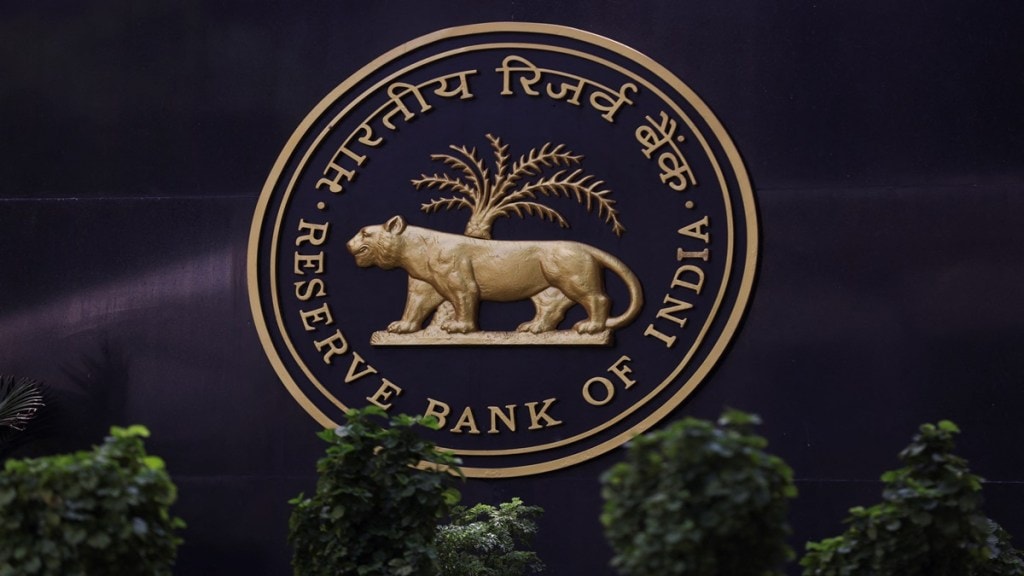The Reserve Bank of India (RBI) on Monday issued a draft master circular, proposing to replace the existing norms for urban cooperative banks (UCBs) with a harmonised eligibility criteria for certain business authorisations, permissions and approvals.
New ECBA norms
On a comprehensive review, the banking regulator decided to replace the financially sound and well managed (FSWM) norms for UCBs with harmonised eligibility criteria for all banks (ECBA), it said.
The regulator laid down conditions such as maintaining the minimum capital adequacy ratio, net NPAs of not more than 3%, net profits during the preceding two financial years, and no default in the maintenance of reserve requirements, among others, to consider UCBs as fully compliant with ECBA.
Tier classification
UCBs are categorised into four tiers based on their deposit size. Tier 1 category includes all unit UCBs and salary earners’ UCBs (irrespective of deposit size), and all other UCBs having deposits up to Rs 100 crore. Tier 2 include UCBs with deposits base between Rs 100 crore and Rs 1,000 crore, tier 3 with deposits between Rs 1,000 crore and Rs 10,000 crore, and tier 4 with deposit above Rs 10,000 crore.
They are set up to meet the banking needs of small borrowers, businesses and the urban middle class, especially those who may not have easy access to large commercial banks.
To get registered in the second schedule to the Reserve Bank of India Act, 1934, the regulator said that UCBs should maintain a minimum deposit of Rs 1,000 crore for two consecutive years and a capital adequacy ratio of 3% more than the minimum requirement.

